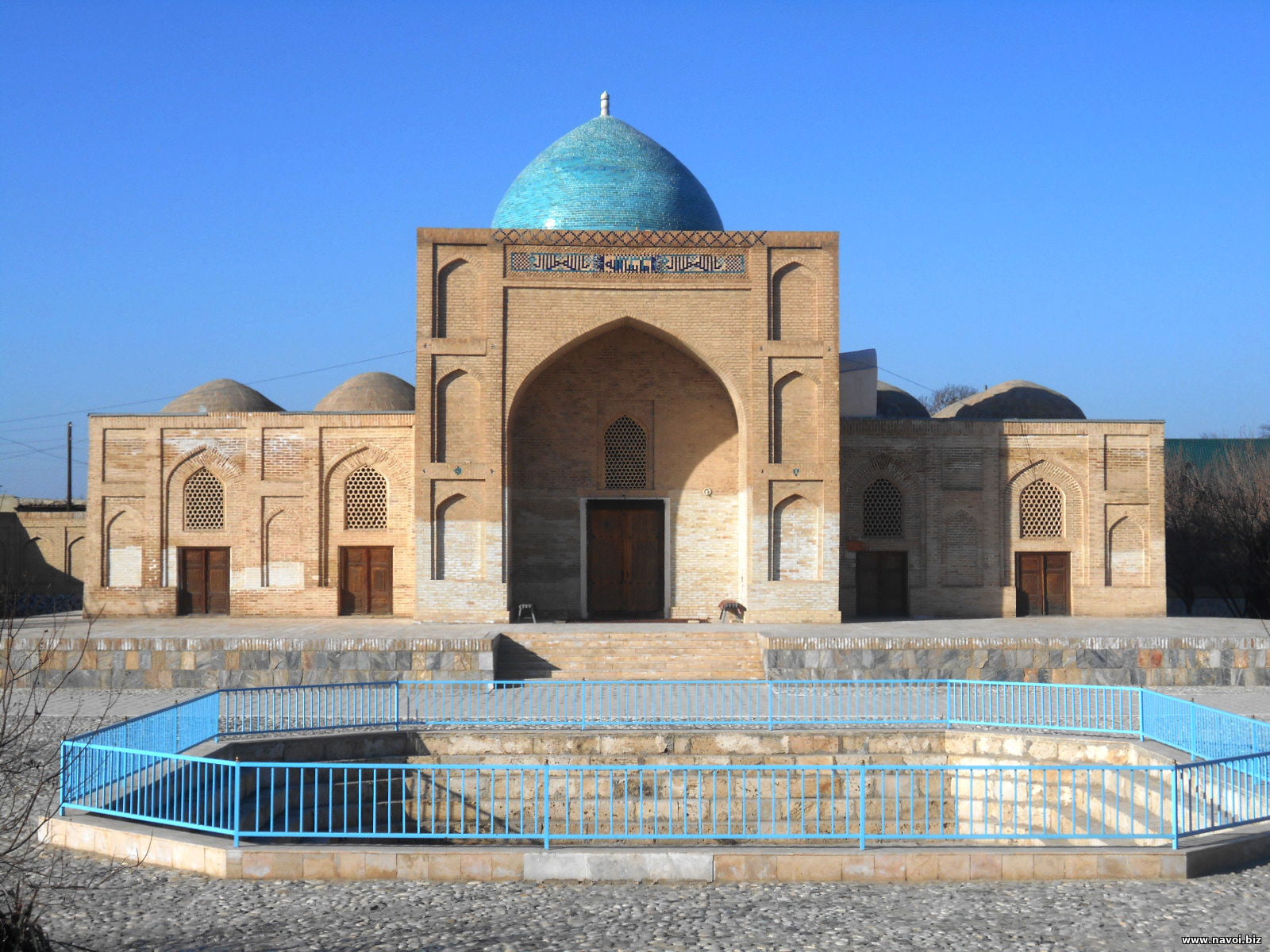
If the city of Navoi is still “nothing at all”, then in six or seven kilometers south of the city of Navoi one of the most ancient settlements of craftsmen “Sangbur” is located. The name comes from the words "Sang" - stone and "drill" - to drill, break, that is, literally "quarry". Experts say that the found millstone has a two thousand year history.
Like the scenery for the show. And can you tell how old the bread is? It is hard to say. At least, the millstones were made until the 20th century, until Chinese mills appeared.
The presence of remnants of fortifications in Sangbur says that the settlement had a key position. Once, being one of the centers of artisans in Ghostland, there was a calm but fruitful life for farmers, herders, and, in fact, craftsmen. In addition to the workshops for milling millstones, there were workers' shops of ancient ceramists and their pottery kilns.
If you climb a small hill, you can see the quarry in the form of a maze. Millstones are scattered everywhere. From a distance it looks beautiful, here you can even shoot episodes of the series "Game of thrones".
Red, blue stones can be seen in the millstones. As a result of the eruption of the volcano, these stones are covered with lava. They are very durable. Therefore, they were used as raw materials for the manufacture of quarries. Rocks mined here until the late Middle Ages, were also used for the manufacture of stone axes, battle cams and much more. To the south, deep vertical workings were discovered - mine shafts, where costly ocher was mined. The history of the mill industry - from primitive grain to millstone begins here, where there were several mines, each of which at that time was owned by a certain master.
The method of using hand mills is well described by the scientist U. Eshonkulov. The instructions for use say: "the millstones had a rounded shape, the lower one with a hollow in the middle, the upper one with a through hole whose width exceeded the width of the lower hollow by 23 centimeters. At the edge of the surface there was a hollow of 4-5 centimeters for the axis.
Before grinding the grain at first they laid a tablecloth on which the mill was installed. A short stick made of solid wood - the axis was fixed in the recess of the lower millstone and the upper one rotated around it. With the right hand they turned the handle of the upper millstone, with the left hand they fell asleep grain in the hole. Often two people worked: one rotated the millstones, the other poured wheat. The resulting flour was sifted through a fine sieve and separated the fine grinding from the rough one".
Once, a mountain stream Sangbur flowed here. Brook took its sources from the Kyzbibi mountain ranges and passed through Malikchul, then flowed into the Zarafshan River. Now there is no brook or residents.
Today, measures are being taken to transform Sangbur in an open-air museum, where it will not be a shame to bring foreign tourists. According to the director of the museum, the documents are being prepared, the plans are the restoration of workshops, millstones, so that local and foreign travelers could see with their own eyes how flour was made in antiquity. The whole process of making bread will be demonstrated: from sowing grain to baking tandoor cakes. Then it’s certainly possible to shoot episodes of the cult epic series. But so far few people know about the existence of a place that has played an important role in the development of world civilization.
By Nurbek Olloyor





